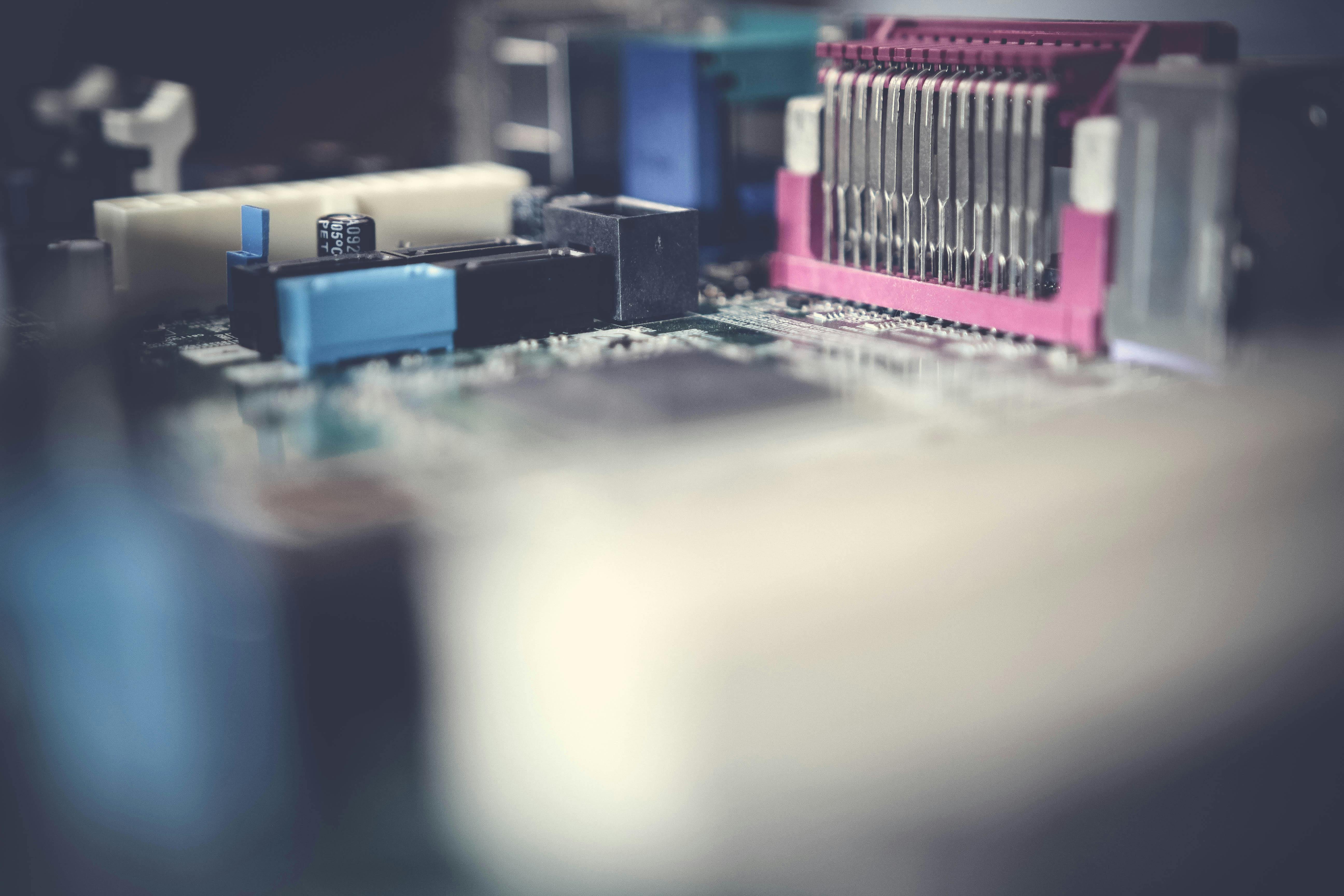
Why a pager is a must for first responders
In this age of technology, there seems to be an overload of communication devices: cell phones, PDAs, email, websites, and the list goes on and on. While it may be tempting for companies to allow employees to use these devices, this is not true for the medical industry, especially first responders.
First responders don’t always need two-way communications; in fact, sometimes two-way communication devices can cause more danger and danger to the rescuer. Additionally, these devices can be inherently unreliable, presenting another set of problems for first responders to manage. For these personnel, a secure, reliable and proven form of communication is essential. These people need the best resource to communicate, which is still the pager.
Pagers remain one of the most reliable methods of transmitting information to first responders who may find themselves in dangerous and chaotic situations. Pagers are also more reliable and work in situations where cell phones will fail. Public address systems feature high-power transmission of up to 3,500 watts of effective power, while typical cellular systems are rated at 100 watts. Additionally, the simulcast network from which a pager operates provides the simultaneous delivery of a radio signal from multiple transmitters, providing a wider coverage area and better building penetration than other technologies. In comparison, cellular-type networks assign a single channel on a single transmitter to a mobile connection with a smaller range and then rely on the network to “transfer” the call to another tower, if a channel is available and not overloaded. Location systems can easily designate priorities and automatically block or limit non-critical users during periods of time when it is imperative that emergency users have priority access. Pagers are also not subject to ground fault. Should a pager communications tower fall, it can be mounted and mounted easily and quickly even in the back of a pickup truck. The same is not the case with cell phone towers.
What does all this mean for the lifeguard? It means that the safety and ability of first responders will not be compromised by equipment failure. Emergency personnel deserve and need to have reliable and effective communication in any given situation. Cellular services are not that reliable. Whether it’s inside a building, a natural disaster, a terrorist attack, an underground structure, a rural location, or just a dead or overloaded cell zone in a neighborhood, the pager will continue to function so that essential messages and information can be relayed to those who they are in the front. lines. Pagers also have a long battery life and a rescuer will not find themselves in a situation where the communication device needs to be charged and does not work. It has also been proven time and again that pagers are the only effective way to communicate mass messages simultaneously, whether those messages are going to first responders or other groups of people who need emergency information. In natural disaster situations, this type of communication is not only necessary, it can mean the difference between life and death. And, in situations where there are flammable chemicals, pagers are not flammable and cannot release enough electrical or thermal energy to cause an explosion. This provides safety and comfort to those who put themselves in danger.
For first responders, there really is no other reliable, safe and effective means of communication than a pager. They are intrinsically safe, reliable and durable devices. The pager has stood the test of time and has proven to be the leader in communication devices year after year for the most important people in any emergency situation – first responders. When other communication devices fail, the pager will continue to work to ensure first responders do their job like the professionals they are. Pagers for first responders are a must!